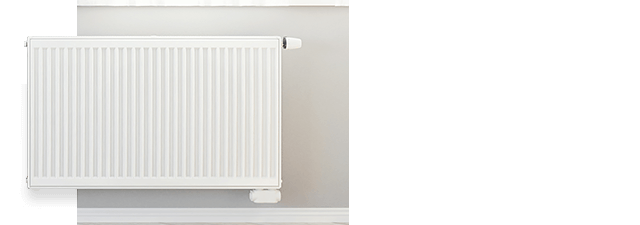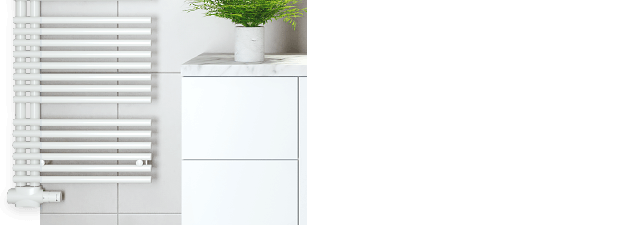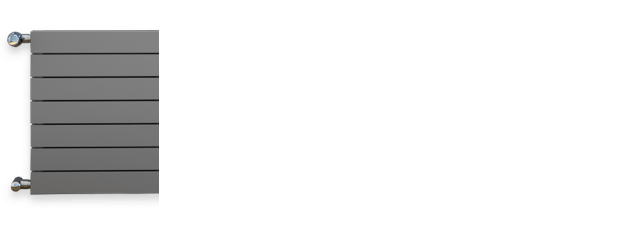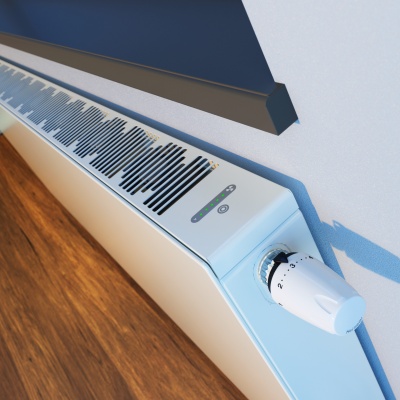Radiator Replacement Guide for Home Renovation
14. 3. 2025
Complete Guide to Replacing a Radiator During Heating System Renovation
Are you planning to renovate your home and thinking about upgrading the heating system? Replacing a radiator is a smart investment that pays off not only aesthetically, but also in terms of energy savings and overall comfort. Here’s how to proceed when changing a radiator and which options are best for older homes.
Why replace old radiators?
Traditional cast-iron radiators found in older homes come with disadvantages:
- Poor temperature control
- Difficult maintenance
- Outdated appearance
- Lower heating efficiency
By contrast, replacement radiators—especially modern panel models—offer:
- A sleek look and various design options
- More even heat distribution and thermal comfort
- Easy temperature regulation
- Low maintenance
- Greater safety with fewer sharp edges
What type of radiator to choose for an old house?
The key is selecting a solution compatible with your existing heating setup. One of the most common questions is how to replace a radiator in older homes while minimizing modifications.
An excellent choice is the RADIK KLASIK-R, a replacement radiator with a 500 mm connection pitch. It is specifically designed to replace old cast-iron radiators without the need for major construction or pipe adjustments.
How to change a radiator – step by step
1. Identify your existing radiator
- Check the material (cast iron or steel)
- Measure the height and depth
- Confirm the connection pitch (usually 500 mm in older models)
- Count the number of sections
2. Select a new radiator
Based on the measured specs, choose a suitable replacement radiator. Modern panel radiators come in various styles:
All of these variants are available in a wide range of colors, allowing you to match the radiator with your interior design.
Modernization SET for a quick radiator makeover: If you have fully functional panel radiators that are aesthetically outdated (faded color, scratched surface), we offer a special modernization SET. This set allows you to quickly and effectively refresh the appearance of your radiators without the need for a complete replacement. It is an ideal solution for revitalizing an interior where the radiators are technically in good condition but visually no longer fit the room’s current design. Modernization with our set is a cost-effective alternative to full replacement and also saves time and effort.
3. Replacing Radiators – Step by Step
Radiator replacement can be done in the following steps:
- Drain water from the heating system
- Remove the old radiator
- Install new wall brackets
- Mount the new radiator
- Refill the system and bleed the radiators
Benefits of Professional Heating Renovation
While some skilled DIYers can manage replacing a radiator on their own, we recommend entrusting this work to professionals who will:
- Accurately size the new radiators for optimal room heating
- Ensure professional installation
- Advise you on the best solution for your specific case
- Assist with any required pipework modifications
Practical Tips for Heating Renovation
- Plan radiator replacement outside of the heating season
- Consider installing thermostatic heads for better temperature control
- Don’t forget to regularly bleed your new radiators
- Use special radiator cleaning brushes that can reach tight areas
Replacing a radiator is one of the most effective ways to modernize the heating system in an older home. Thanks to specialized solutions available today, heating renovations can be quick and simple, without the need for major construction work.
If you're not sure how to replace a radiator in an older house or need guidance, don’t hesitate to contact professionals. They will help you choose the optimal solution for your home—ensuring thermal comfort and long-term energy savings.






